Home>Furniture & Design>Bathroom Accessories>How Do I Measure Toilet Seat
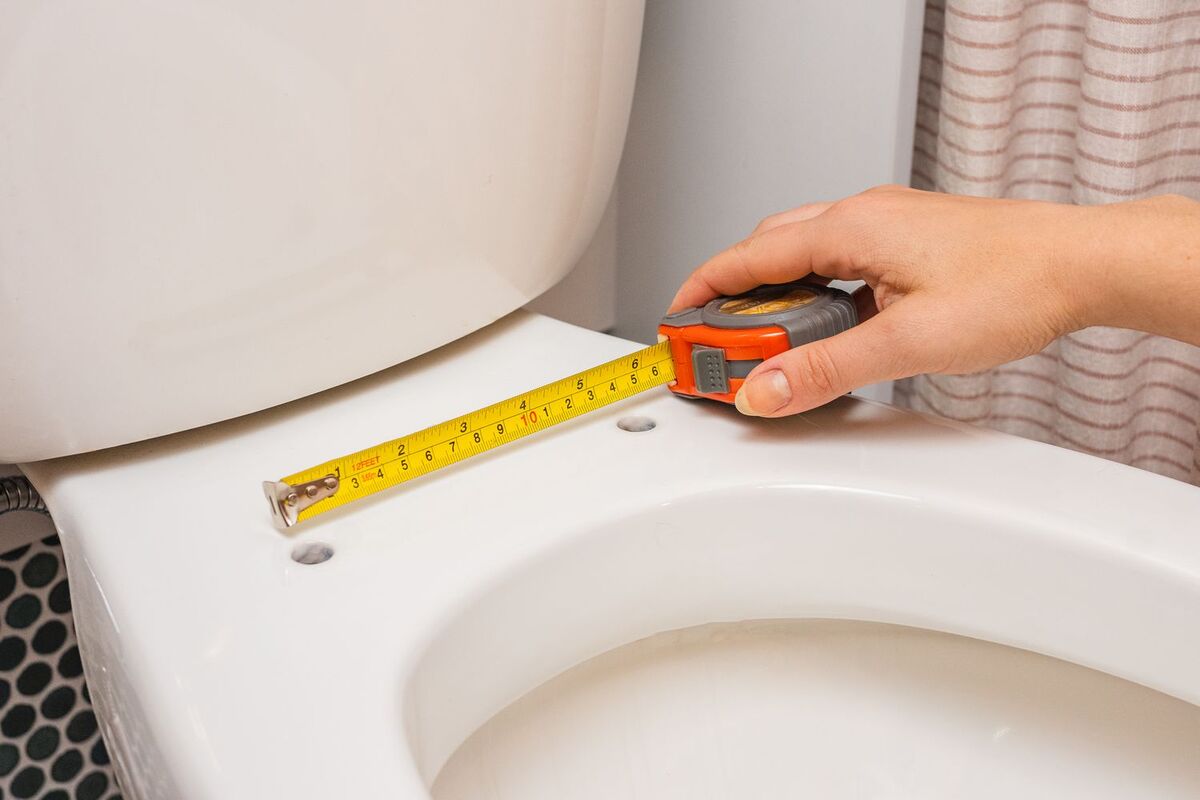

Bathroom Accessories
How Do I Measure Toilet Seat
Modified: February 28, 2024
Learn how to measure a toilet seat for a perfect fit with our comprehensive guide. Find the right size and style for your bathroom accessories.
(Many of the links in this article redirect to a specific reviewed product. Your purchase of these products through affiliate links helps to generate commission for Storables.com, at no extra cost. Learn more)
Introduction
When it comes to bathroom accessories, the toilet seat is an essential component that not only provides comfort but also contributes to the overall aesthetics of the bathroom. Whether you're looking to replace an old toilet seat or upgrade to a new one, it's crucial to ensure that you have the correct measurements to guarantee a perfect fit. Measuring a toilet seat may seem like a straightforward task, but it requires precision and attention to detail to avoid any potential fitting issues.
In this comprehensive guide, we will walk you through the step-by-step process of measuring a toilet seat. By following these instructions, you will be equipped with the knowledge to accurately determine the dimensions needed for a replacement or new toilet seat installation. From measuring the width and length of the toilet bowl to considering the shape and mounting hole distance, each step plays a crucial role in ensuring a seamless and hassle-free toilet seat replacement or upgrade.
So, whether you're a DIY enthusiast embarking on a bathroom renovation project or simply seeking to replace a worn-out toilet seat, understanding the correct measurement process is the first step toward achieving a perfect fit. Let's dive into the details of how to measure a toilet seat accurately, ensuring that you can confidently select the right size and shape for your bathroom's most essential fixture.
Key Takeaways:
- Measure the width, length, and mounting hole distance of your toilet bowl accurately to ensure a perfect fit for a new toilet seat. Precision in measurement is key to avoiding fitting issues and instability.
- Consider the shape of your toilet bowl – round, elongated, or D-shaped – when selecting a new toilet seat. Each shape has unique characteristics that influence the seat’s fit and comfort.
Read more: How To Measure A Toilet Seat
Step 1: Measure the width of the toilet bowl
Measuring the width of the toilet bowl is the first crucial step in determining the correct size for your new toilet seat. This measurement ensures that the seat will fit securely and comfortably on the bowl, preventing any potential issues with misalignment or instability. To accurately measure the width, follow these simple steps:
-
Locate the Widest Point: Begin by identifying the widest point of the toilet bowl. This is typically the outer edge of the bowl where it curves outward. Use a tape measure to determine the distance across this widest section. Ensure that the tape measure is positioned parallel to the floor for an accurate measurement.
-
Record the Measurement: Once you have identified the widest point and measured the distance across it, record the measurement. It's essential to be precise, as even a small discrepancy in the width measurement can lead to an ill-fitting toilet seat.
-
Consider the Shape: Keep in mind that some toilet bowls have non-standard shapes, such as elongated or D-shaped bowls. If your toilet bowl deviates from the traditional round shape, it's important to take this into account when measuring the width. For elongated bowls, the width measurement will be greater than that of a standard round bowl.
-
Double-Check the Measurement: After recording the initial width measurement, it's a good practice to double-check the accuracy of the recorded value. This extra step can help ensure that the measurement is consistent and free from errors.
By meticulously measuring the width of the toilet bowl and considering any unique shape characteristics, you will be well-equipped to select a toilet seat that fits perfectly. This attention to detail in the measurement process sets the foundation for a successful toilet seat replacement or upgrade, ultimately contributing to the comfort and functionality of your bathroom space.
Step 2: Measure the length of the toilet bowl
Measuring the length of the toilet bowl is a critical step in ensuring the proper fit of a new toilet seat. This measurement is essential for determining the size and shape of the seat that will provide optimal coverage and comfort. To accurately measure the length, follow these detailed steps:
-
Identify the Longest Point: Begin by locating the longest point of the toilet bowl. This is typically the front edge of the bowl, extending to the area where the bowl meets the tank. Use a tape measure to determine the distance from this longest point to the back of the toilet bowl. Ensure that the tape measure is positioned parallel to the floor for an accurate measurement.
-
Record the Measurement: Once you have identified the longest point and measured the distance to the back of the bowl, record the measurement. It's crucial to be precise, as even a slight error in the length measurement can result in an ill-fitting toilet seat.
-
Consider the Shape: Take into account any unique shape characteristics of the toilet bowl, such as elongated or D-shaped designs. For elongated bowls, the length measurement will be greater than that of a standard round bowl. It's important to factor in these shape variations to ensure an accurate and comprehensive measurement.
-
Double-Check the Measurement: After recording the initial length measurement, it's advisable to double-check the accuracy of the recorded value. This additional step can help confirm the consistency and precision of the measurement, minimizing the risk of errors.
By meticulously measuring the length of the toilet bowl and considering any unique shape characteristics, you will be well-prepared to select a toilet seat that fits seamlessly and provides optimal coverage. This attention to detail in the measurement process lays the groundwork for a successful toilet seat replacement or upgrade, contributing to the overall comfort and functionality of your bathroom space.
Remember, precision is key when measuring the length of the toilet bowl, as it directly influences the selection of a properly fitting toilet seat. With these comprehensive measurement steps, you can confidently proceed to the next phase of the process, equipped with accurate dimensions to guide your toilet seat selection.
Step 3: Measure the distance between the mounting holes
Measuring the distance between the mounting holes is a crucial step in ensuring that the new toilet seat aligns perfectly with the toilet bowl. This measurement directly impacts the compatibility and stability of the seat, making it essential to approach the process with precision and accuracy. To effectively measure the distance between the mounting holes, follow these detailed steps:
-
Locate the Mounting Holes: Begin by identifying the position of the mounting holes on the toilet bowl. These holes are typically located at the back of the bowl, where the hinges of the toilet seat will be attached. Use a tape measure to determine the distance between the centers of these mounting holes. Ensure that the tape measure is positioned parallel to the floor for an accurate measurement.
-
Record the Measurement: Once you have located the mounting holes and measured the distance between their centers, record the measurement. It's crucial to be precise, as even a small discrepancy in the mounting hole distance can lead to misalignment and instability of the toilet seat.
-
Consider the Shape and Design: Take into account any unique characteristics of the toilet bowl, such as elongated or D-shaped designs. The positioning of the mounting holes may vary based on the shape and design of the bowl. For elongated bowls, the distance between the mounting holes may be greater than that of a standard round bowl. It's important to factor in these variations to ensure an accurate and comprehensive measurement.
-
Double-Check the Measurement: After recording the initial distance between the mounting holes, it's advisable to double-check the accuracy of the recorded value. This additional step can help confirm the consistency and precision of the measurement, minimizing the risk of errors.
By meticulously measuring the distance between the mounting holes and considering any unique shape characteristics, you will be well-prepared to select a toilet seat that aligns perfectly with the bowl and ensures stability. This attention to detail in the measurement process lays the groundwork for a successful toilet seat replacement or upgrade, contributing to the overall comfort and functionality of your bathroom space.
Remember, the precise alignment of the mounting holes is essential for the secure attachment of the toilet seat. With these comprehensive measurement steps, you can confidently proceed to the next phase of the process, equipped with accurate dimensions to guide your toilet seat selection.
Step 4: Consider the shape of the toilet bowl
When selecting a new toilet seat, it's crucial to consider the shape of the toilet bowl to ensure a perfect fit and optimal comfort. Toilet bowls come in various shapes, with the two primary configurations being round and elongated. Each shape has distinct characteristics that directly influence the selection of the appropriate toilet seat. By carefully considering the shape of the toilet bowl, you can make an informed decision that enhances both the aesthetics and functionality of your bathroom.
Read more: How Do I Stop A Toilet Seat From Moving
Round Toilet Bowls
Round toilet bowls are characterized by their compact and circular design. When measuring for a toilet seat on a round bowl, it's essential to take into account the specific dimensions to ensure a snug and secure fit. The width and length measurements for a round bowl will typically be smaller compared to an elongated bowl. Therefore, selecting a toilet seat that aligns precisely with the dimensions of a round bowl is paramount for a seamless installation.
Elongated Toilet Bowls
Elongated toilet bowls feature an oval or oblong shape, providing additional surface area and a more spacious seating area. When measuring for a toilet seat on an elongated bowl, it's crucial to consider the extended length and slightly narrower width compared to round bowls. The elongated shape offers enhanced comfort and support, making it a popular choice for modern bathrooms. Selecting a toilet seat that complements the elongated shape ensures that the seat covers the entire surface area of the bowl, delivering a comfortable and aesthetically pleasing result.
D-Shaped Toilet Bowls
In addition to round and elongated shapes, some toilet bowls feature a D-shaped design, which combines elements of both round and elongated configurations. D-shaped bowls have a rounded front with a flat edge at the back, providing a unique and contemporary aesthetic. When measuring for a toilet seat on a D-shaped bowl, it's essential to consider the specific dimensions and shape characteristics to ensure a precise fit that complements the bowl's design.
By carefully considering the shape of the toilet bowl, whether round, elongated, or D-shaped, you can confidently select a toilet seat that aligns perfectly with the dimensions and contours of the bowl. This attention to detail ensures a seamless installation and contributes to the overall comfort and visual appeal of your bathroom space. Whether you opt for a classic round bowl, a spacious elongated design, or a modern D-shaped configuration, understanding the unique shape characteristics is essential for making an informed decision when choosing a new toilet seat.
To measure a toilet seat, use a tape measure to determine the distance between the two hinge post holes at the back of the seat. This measurement will help you find the right size replacement seat.
Conclusion
In conclusion, the process of measuring a toilet seat is a fundamental aspect of ensuring a seamless and successful replacement or upgrade. By meticulously measuring the width, length, and distance between mounting holes, and considering the shape of the toilet bowl, you can confidently select a toilet seat that fits perfectly and enhances the overall comfort and aesthetics of your bathroom.
Accurate measurements play a pivotal role in avoiding fitting issues and instability, ultimately contributing to a hassle-free installation process. The precision and attention to detail involved in the measurement process are essential for guiding the selection of a toilet seat that aligns seamlessly with the dimensions and contours of the toilet bowl.
Furthermore, understanding the unique characteristics of different toilet bowl shapes, including round, elongated, and D-shaped configurations, empowers you to make an informed decision when choosing a new toilet seat. Whether you prioritize compactness, spaciousness, or contemporary design, considering the shape of the toilet bowl ensures that the selected seat complements the overall aesthetic and functionality of the bathroom.
By following the step-by-step measurement guide outlined in this comprehensive article, you are equipped with the knowledge and confidence to embark on the process of selecting the perfect toilet seat for your bathroom. Whether you are undertaking a DIY renovation project or simply seeking to upgrade a worn-out seat, the accurate measurements obtained through this guide serve as the foundation for a successful and satisfying outcome.
Ultimately, the meticulous measurement of a toilet seat is not only a practical necessity but also an opportunity to enhance the comfort and visual appeal of your bathroom space. With the correct dimensions in hand, you can confidently explore a wide range of toilet seat options, knowing that your selection will align perfectly with the specific requirements of your toilet bowl.
In essence, the measurement process is the first step toward achieving a harmonious and functional bathroom environment, where every detail, from the width and length of the toilet bowl to the shape and mounting hole distance, contributes to a tailored and personalized experience. Embracing this attention to detail ensures that your new toilet seat not only fits flawlessly but also elevates the overall ambiance of your bathroom, creating a space that seamlessly combines comfort, functionality, and style.
Frequently Asked Questions about How Do I Measure Toilet Seat
Was this page helpful?
At Storables.com, we guarantee accurate and reliable information. Our content, validated by Expert Board Contributors, is crafted following stringent Editorial Policies. We're committed to providing you with well-researched, expert-backed insights for all your informational needs.
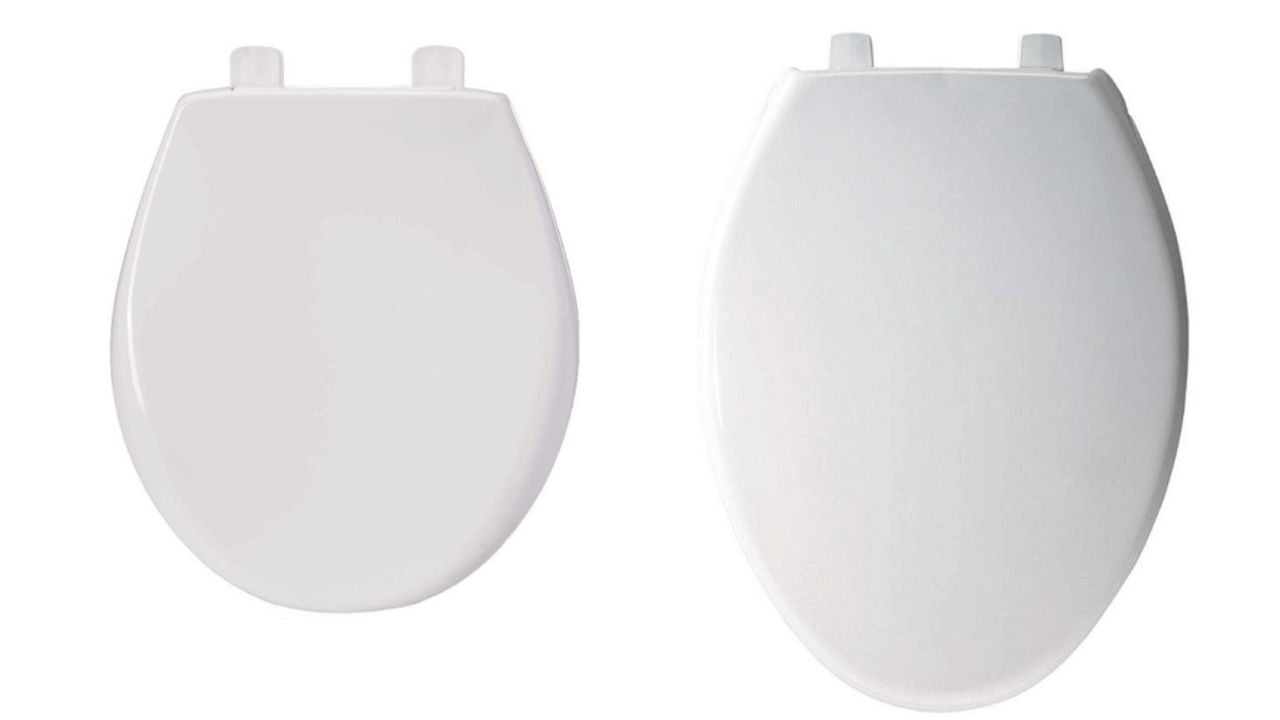
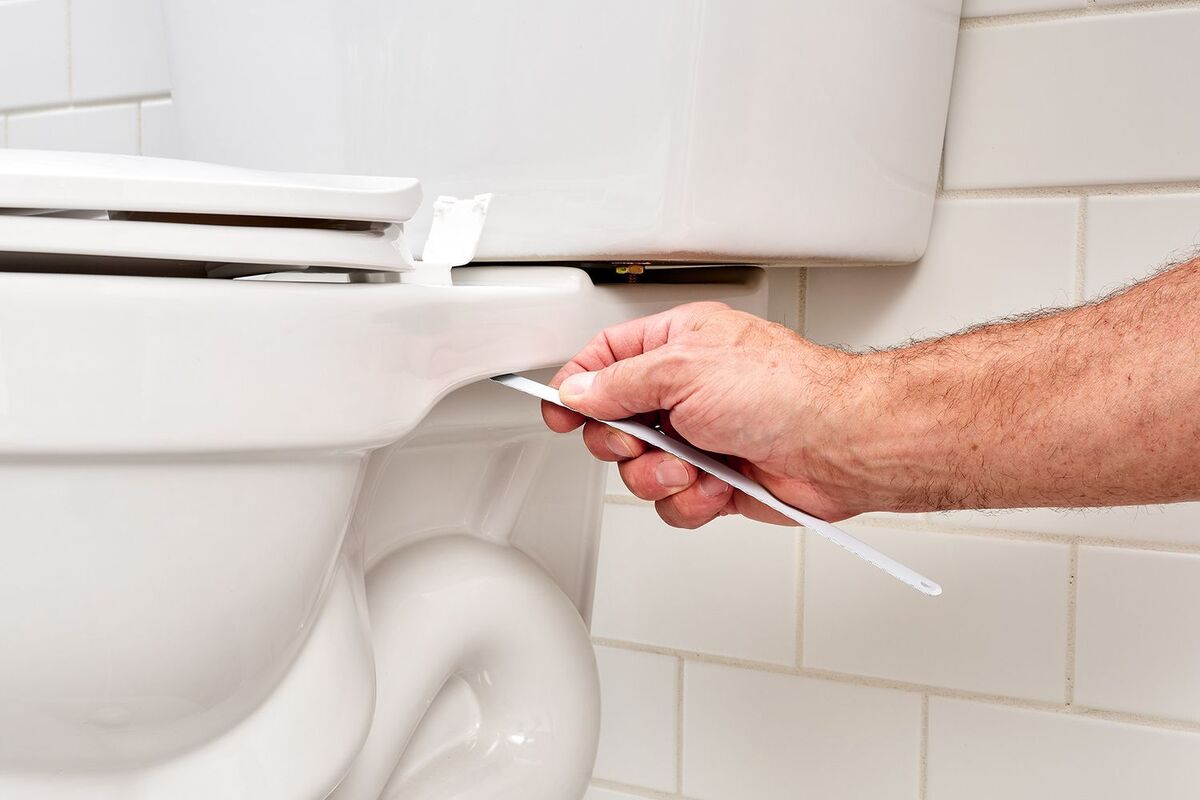

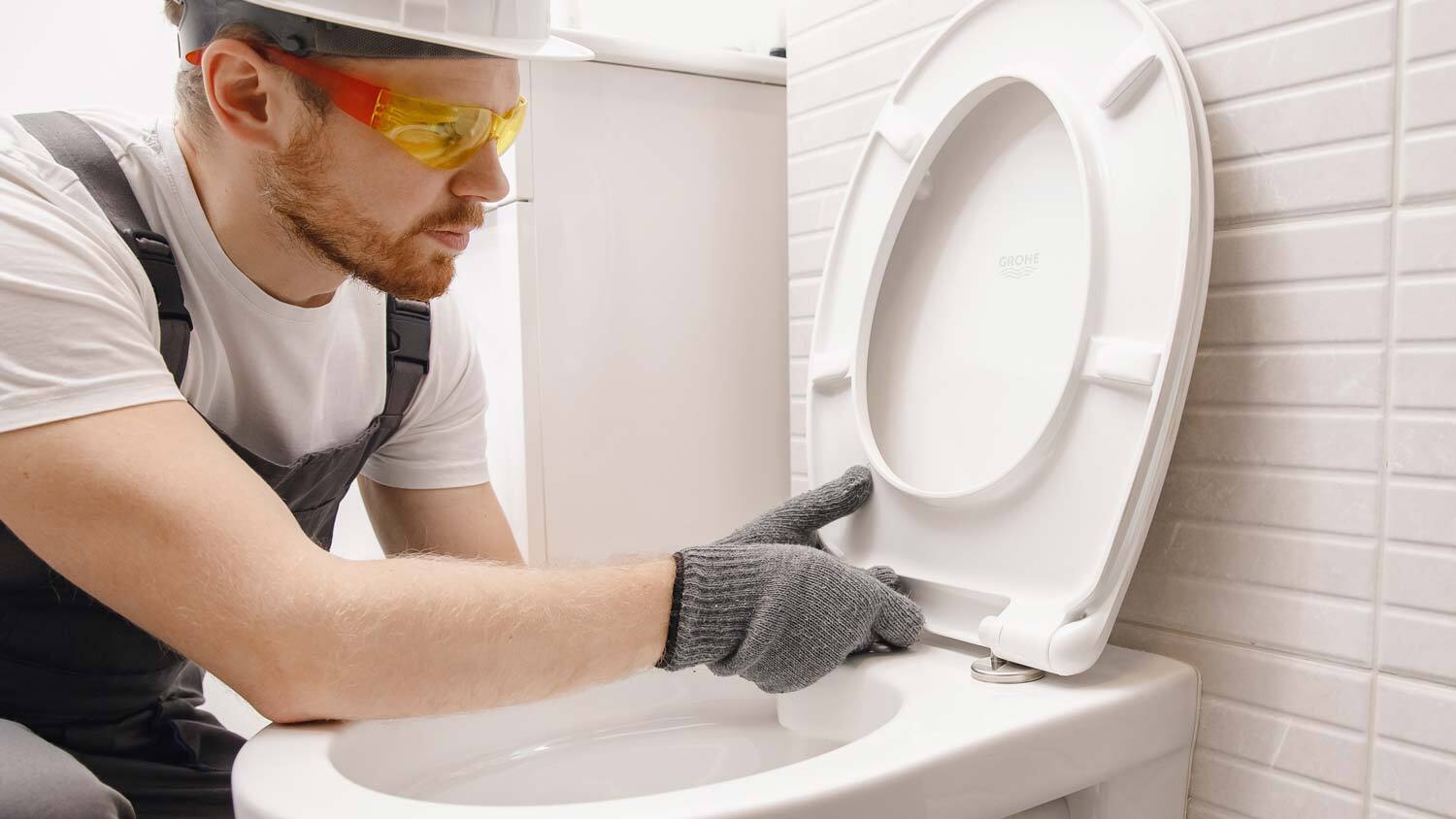
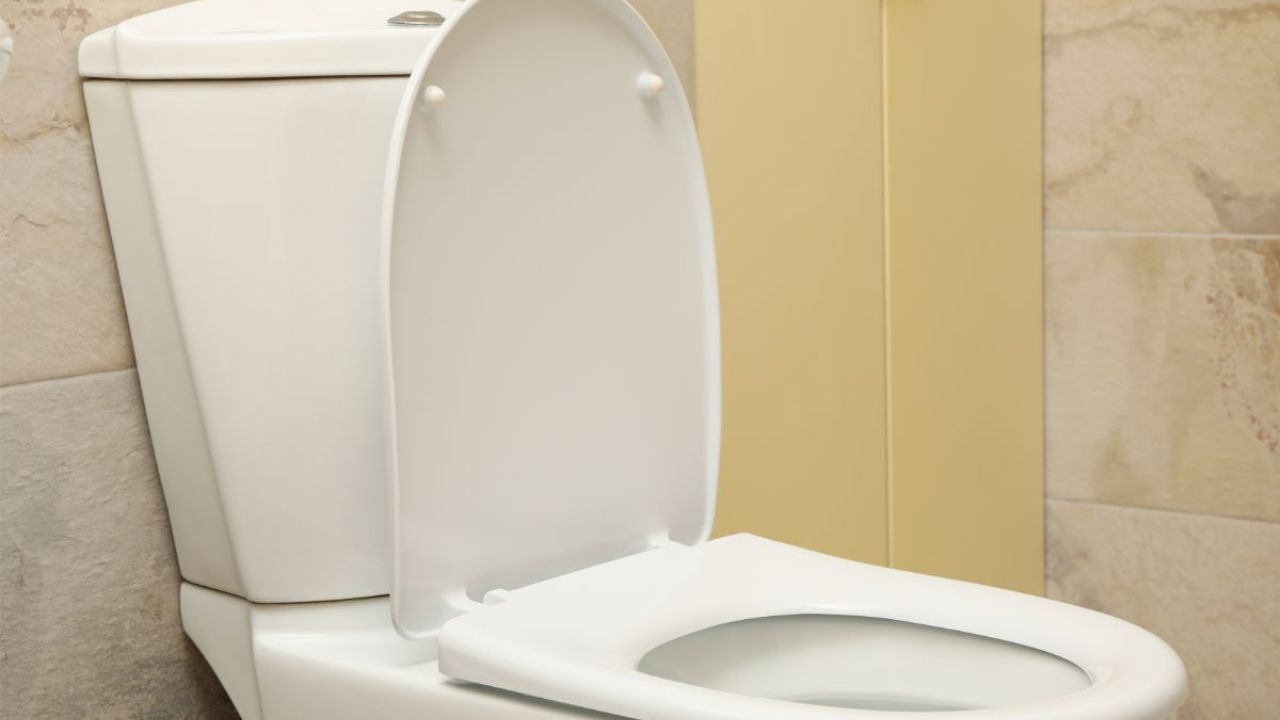
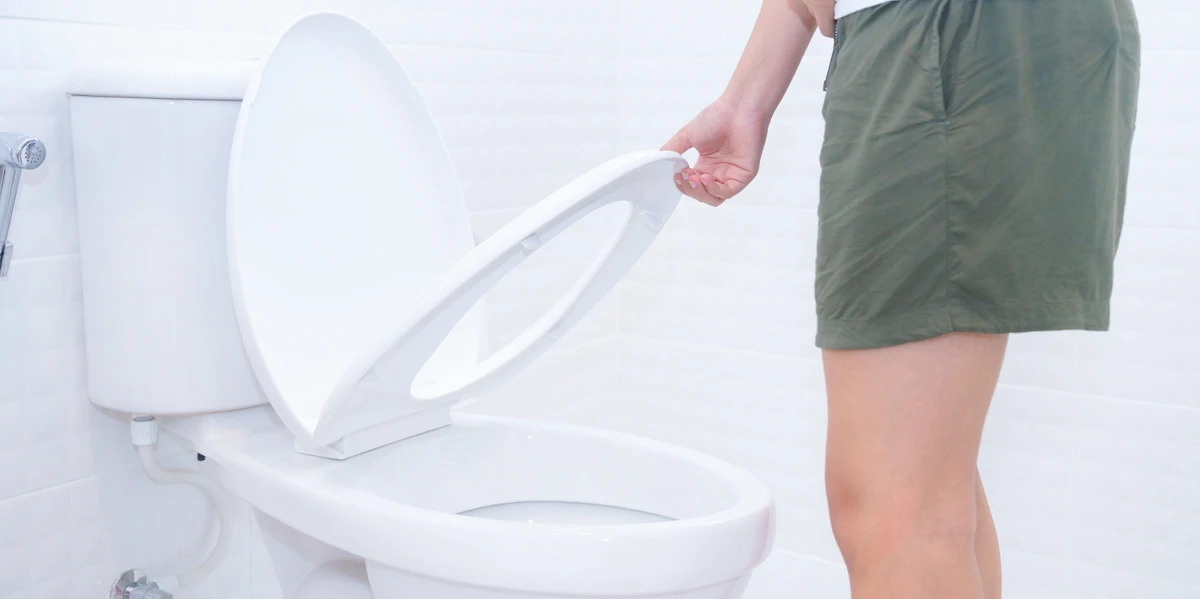
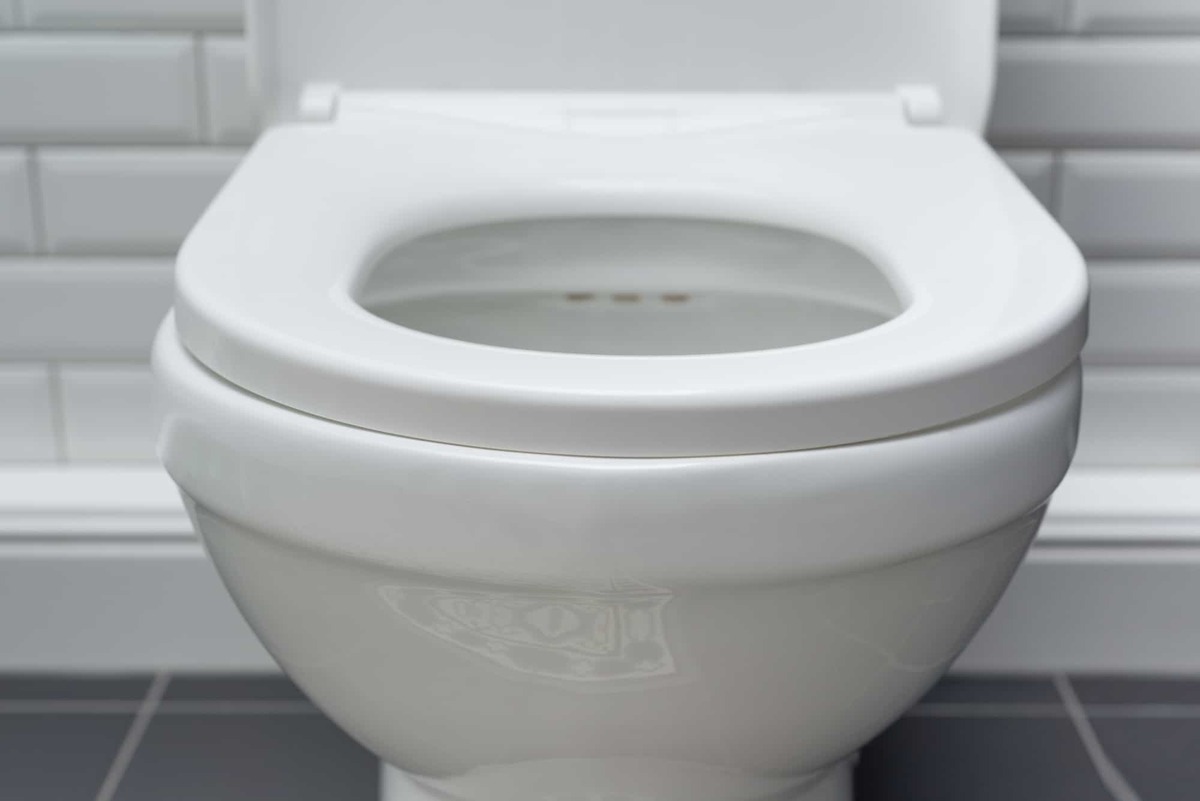
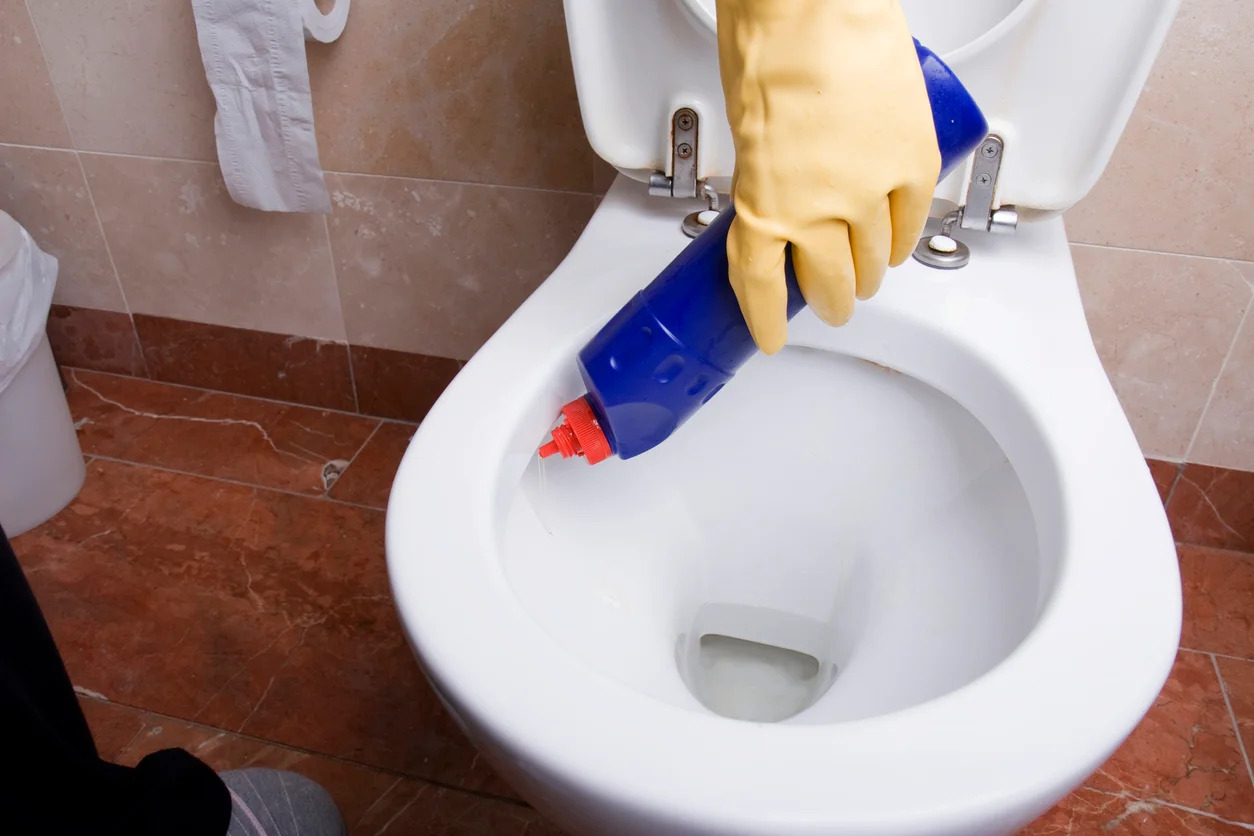
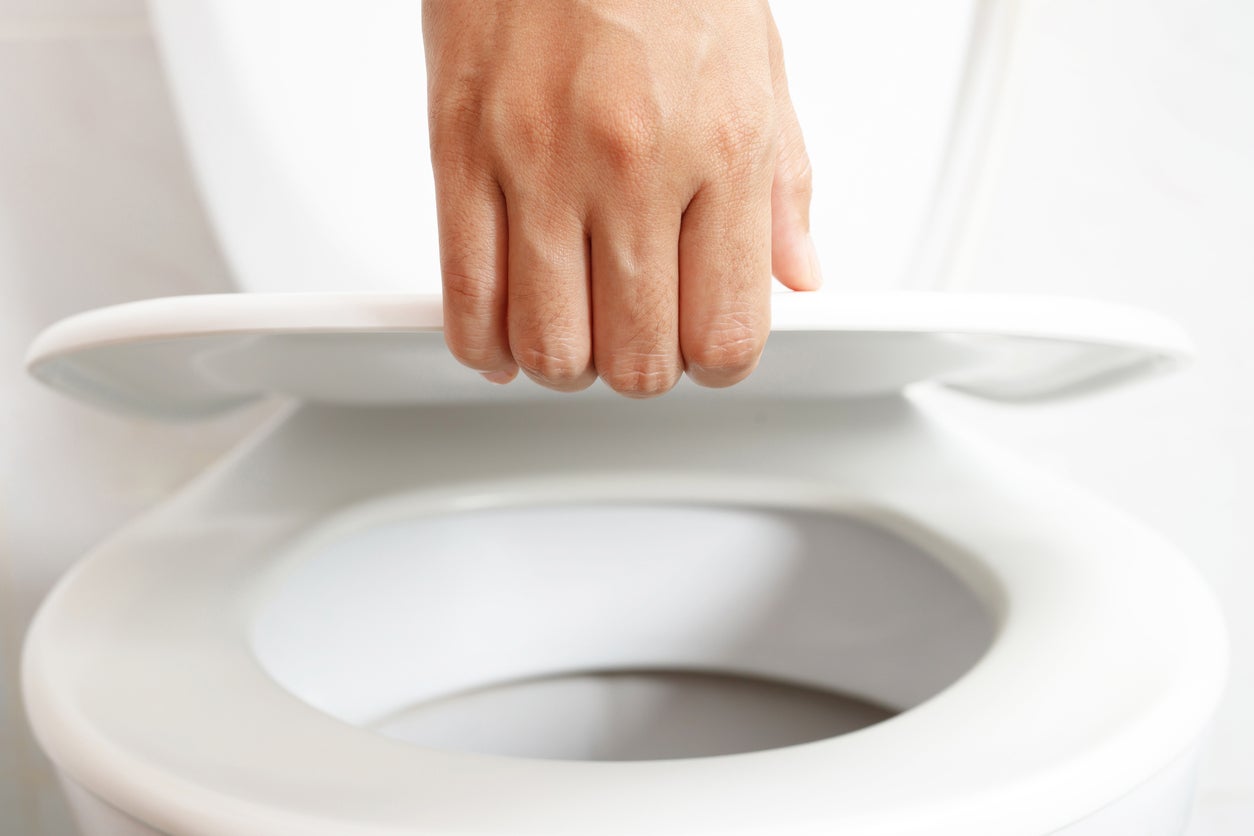
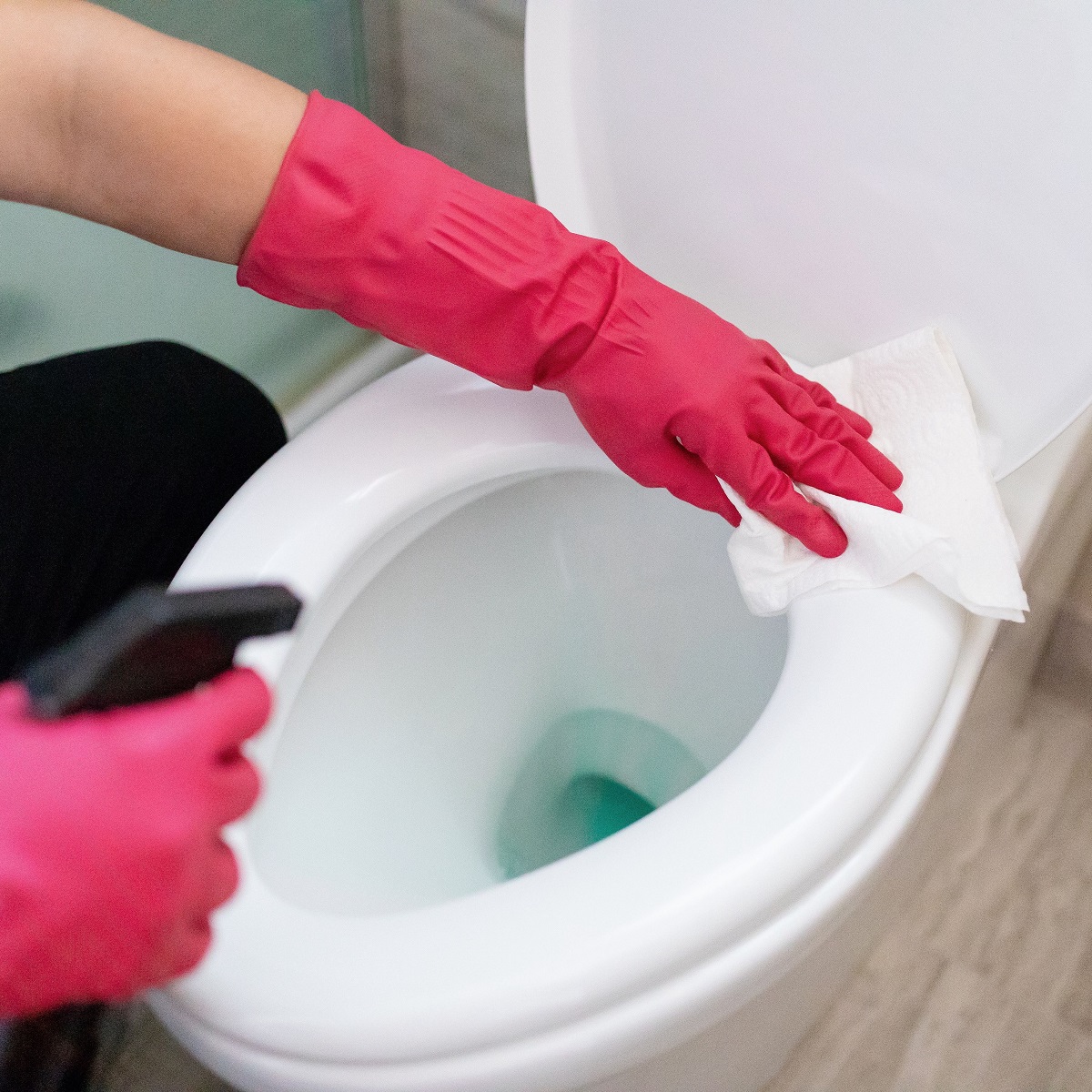

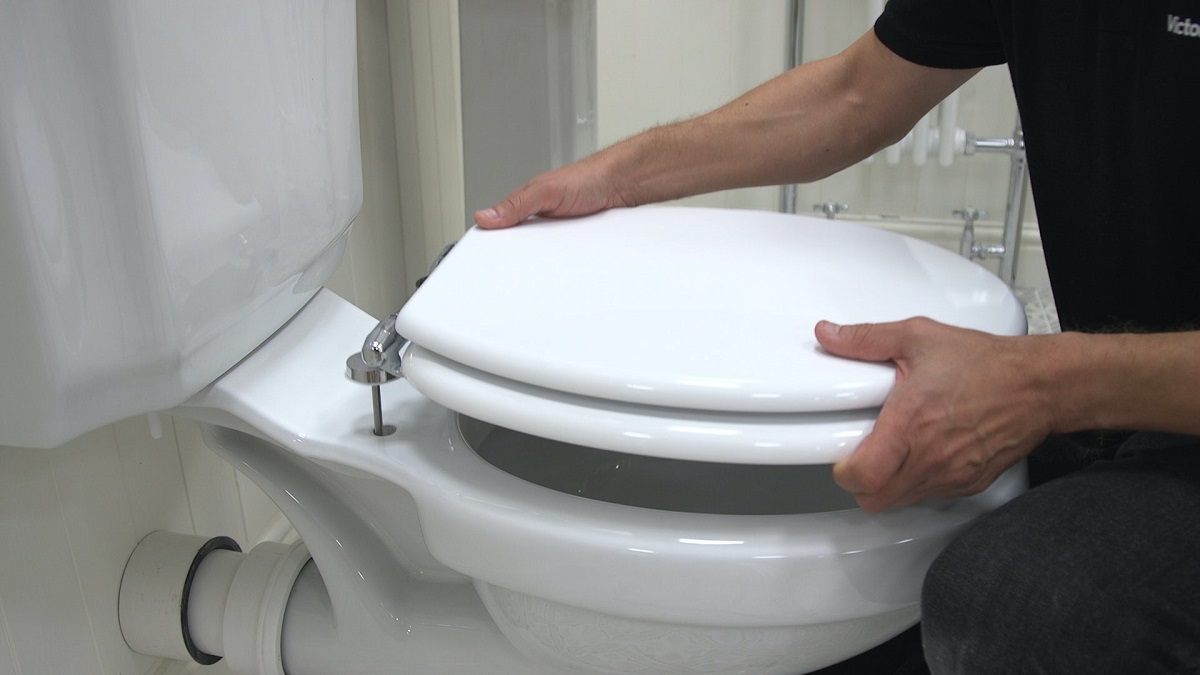
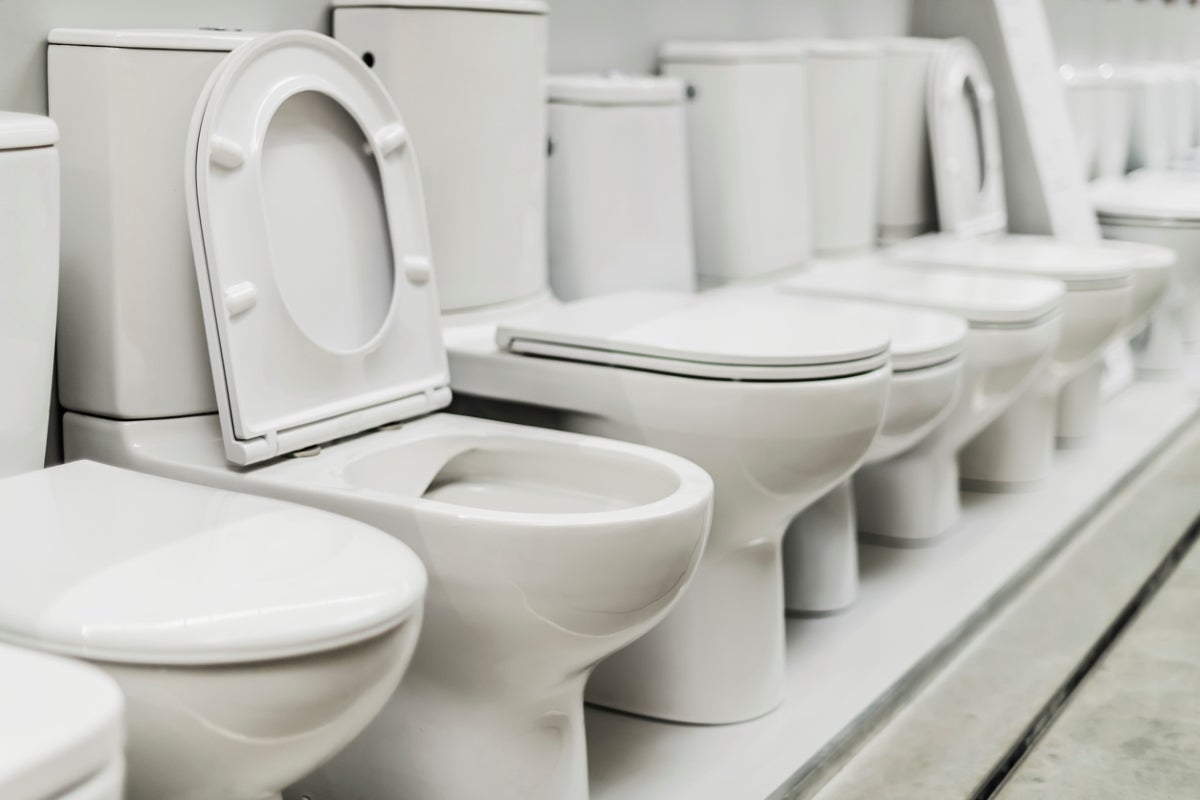
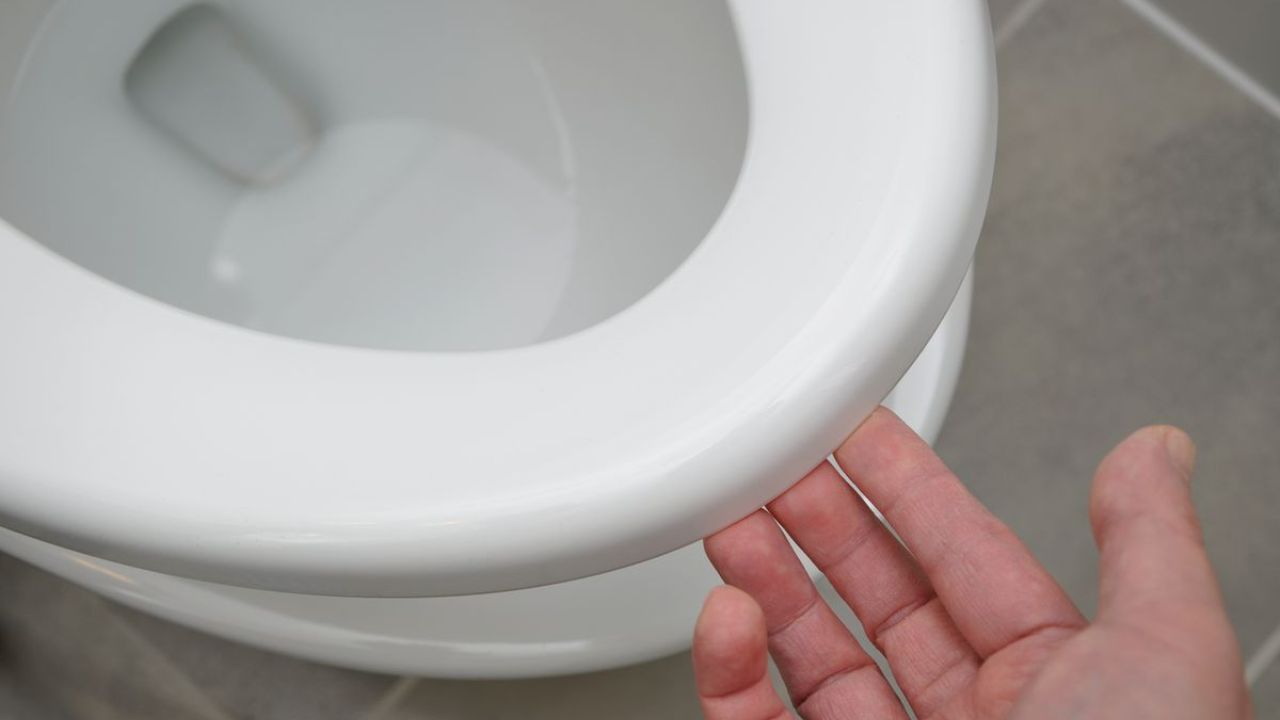

0 thoughts on “How Do I Measure Toilet Seat”